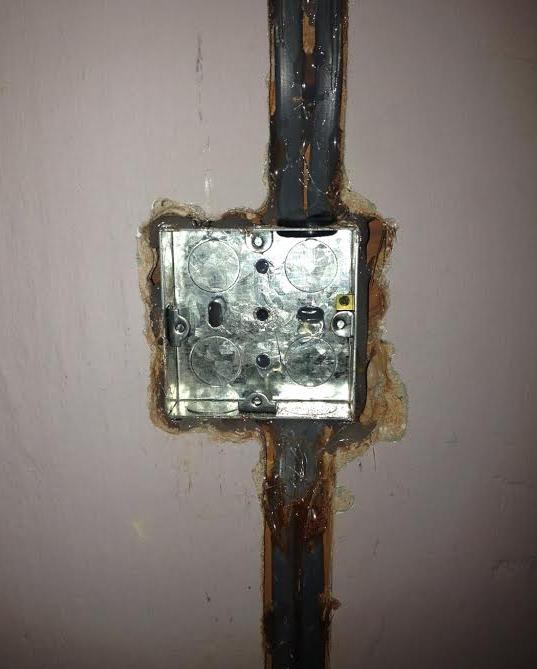I don't understand that statement. Having decided where one wants to place the sockets for a particular circuit, there is no reason why the distance to the farthest one need be any longer with radial wiring than ring wiring - don't forget that radials can, and do, 'branch'.the "furthest point" of an RFC in a domestic house is most unlikely to be as "far" as on a radial that roams around the house.
Kind Regards, John



